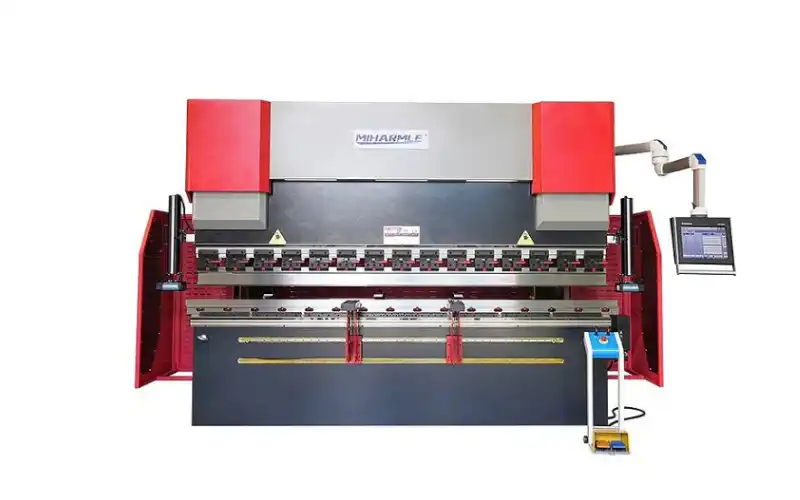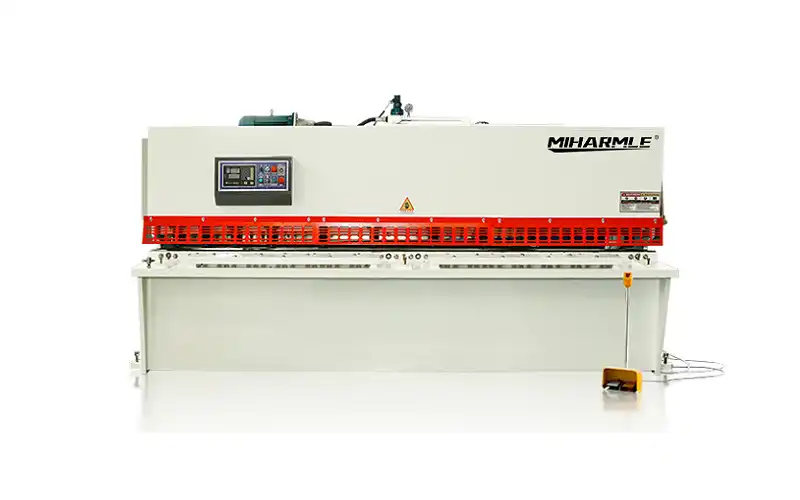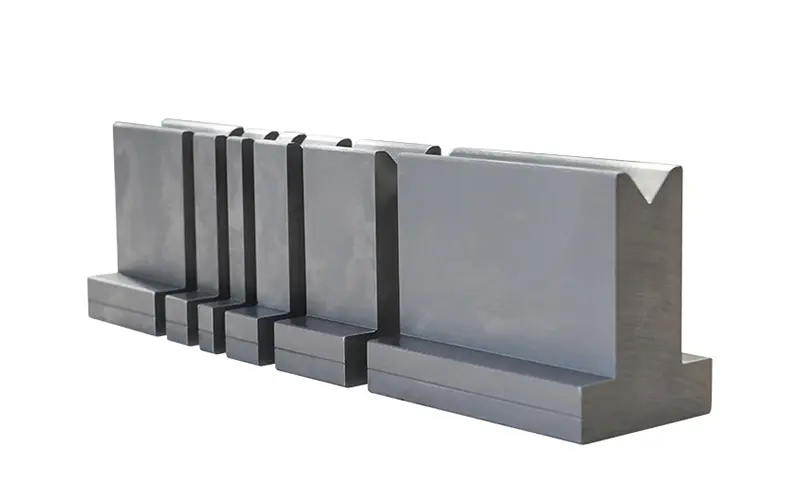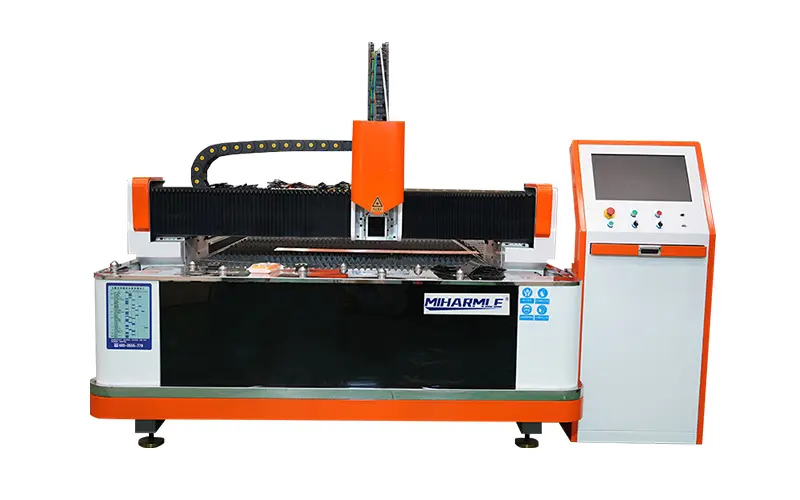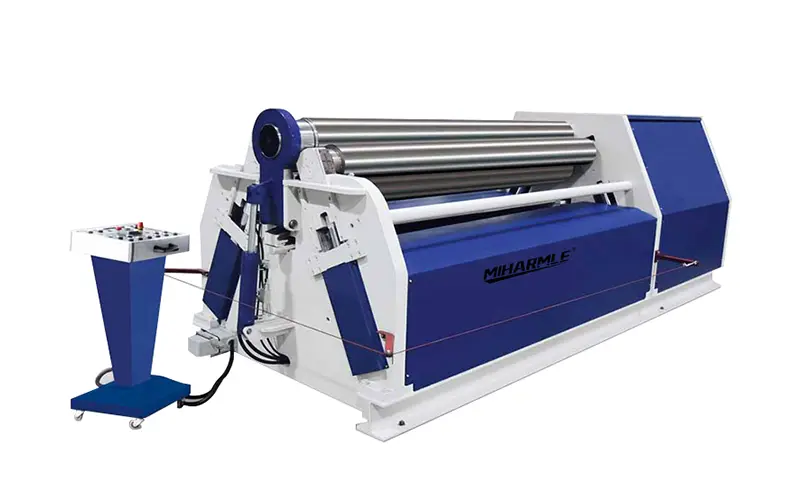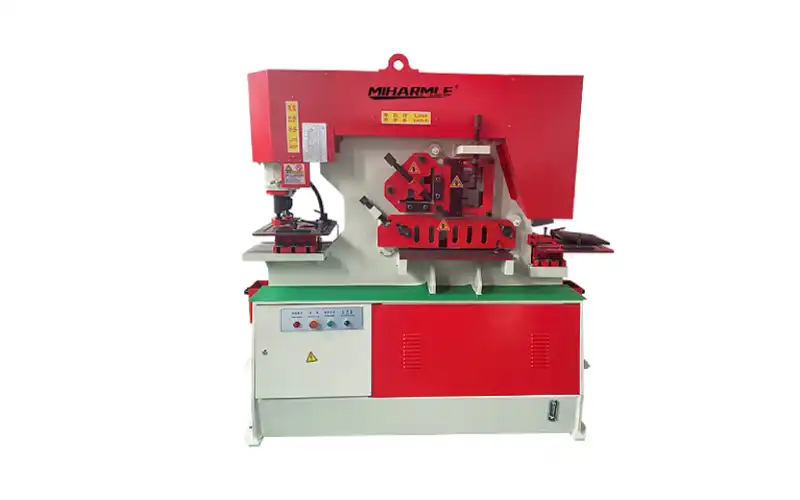What Is Sheet Metal Bending?
Sheet metal bending is a common process in the metalworking industry. It uses various machines and tools to form metal sheets into specific shapes and angles.
You can use equipment such as press brakes, punching machines and ironworkers to apply force and pressure to plastically deform the metal sheets according to your design requirements.
These key parameters will directly affect the accuracy and quality of the bent sheet metal products, including material thickness, required bending radius, allowance and deduction, etc. At the same time, the bending process needs to be adjusted according to the tensile strength and ductility of the specific material.
Methods of Bending Metal Sheets
Sheet metal bending is a flexible process that can transform metal materials into shapes that meet design requirements.
Depending on the needs and material properties, there are many bending methods, each of which provides unique results and benefits.
To help you better understand these techniques, we will explore several common sheet metal bending methods. Give you a guide to bending machine molds.
1. V-Bending
For this method, you must use a die and punch, a machinery tool. Both the die and the punch are v-shaped. Therefore, this bending stainless steel method results in a V-shaped product.
2. U-Bending
Just like the name suggests, u-bending gives u-shaped profiles. This method includes using a U-shaped die. You must push this die into the metal sheet to form and bend it in the desired shape.
3. Roll-Bending
If you bend stainless steel sheet metal using the roll-bending method, you will get huge curls. This process involves using three rolls with an attached hydraulic system.
4. Rotatory Bending
This sheet metal bending method produces a V-bend, but the results are much smoother. You can bend the metal sheet at a 90-degree angle or more with rotatory bending.
5. Edge Bending
It is mainly used in panel bending, usually for short metal sheets. This type of bending prevents damage from sharp edges. Bending stainless steel sheets with this method requires using upper and lower molds that move vertically.
6. Wipe Bending
The process of wipe bending is similar to edge bending. You put a lower die on the metal and apply pressure to bend it.
What Materials Are Suitable for Sheet Metal Bending?

Can you bend stainless steel? Yes, it is pretty straightforward. But it is different for all kinds of metals. Many factors determine whether you can bend a metal without breaking it. Some metals also have ductility, which causes them to fracture when you put pressure on them.
Here is a list of metals you can use in sheet metal bending.
- Stainless Steel
- Titanium
- Aluminum
- Copper
- Mild Steel
- Carbon Steel
What Do You Need to Know About Bending Stainless Steel Sheets?
What is a steel sheet? Stainless steel includes copper, oxygen, silicon, manganese, sulfur, and phosphorus. Bending stainless steel requires a lot of force, but it is still one of the most extensively used metals.
Types of Stainless Steel
Stainless steel is divided into different types depending on the metal’s carbon content. So, the types of stainless steel, depending on their carbon content, include;
- High-carbon steel (0.5% carbon content)
- Medium-carbon steel (0.2 to 0.49% carbon content)
- Low-carbon steel (0.05 to 0.19% carbon content)
- Extra low-carbon steel (0.015 to 0.05% carbon content)
- Ultra-low carbon steel (0.015% carbon content)
Stainless steel is also categorized into the following types.
- Austenitic stainless steel
- Ferritic stainless steel
- Duplex stainless steel
- Martensitic stainless steel
Factors that Affect Stainless Steel Sheet Bending
Consider various factors affecting the process if you want to bend a steel sheet. These factors are;
- Tonnage
- Bending angle
- Bending radius
- Hole-to-edge distance
- Bending spring back
- Bend line in sheet metal
- Heat affected zones
- Sheet metal bending tolerance
Conclusion
We cannot deny the increasing application of stainless steel in the metal industry.
Steel sheet processing and bending have become prominent in many manufacturing projects. Many people are surprised by the exceptional versatility of this metal. You will not only be bending this metal, but the tool you will use will also be the same material. This explains how versatile and valuable it is.
Hopefully, this guide might have given you some clarity on stainless steel and its bending.
FAQ
Can stainless steel sheets be bent without any damage?
Yes, damaging stainless steel while bending is possible, especially when you don’t consider its bending angle. Do you want to bend your steel sheets without causing any damage? You will have to ensure that the bending angle of the stainless steel sheets is greater than that of the steel.
What are the common applications of bent stainless steel sheets?
Bent stainless steel sheets are extensively used to manufacture housing cabinets, refrigerator air-conditioning shells, automobile and aircraft panels, computer cases, etc.
Are there any special considerations when bending thin stainless steel sheets?
When dealing with stainless steel sheets, it is vital to consider their thickness. A thin stainless steel sheet will not require a greater bending angle than a thick sheet.

